Sustainable design or zero waste design is an innovative and holistic approach that seeks to redefine the way we design, produce, and consume, with the goal of minimizing waste generation and maximizing resource efficiency. It goes beyond simply reducing and recycling waste, encompassing the entire life cycle of a product or process.
This approach is based on principles of sustainability, circular economy, and environmental responsibility, promoting reuse, recycling, reduction of material consumption, and the use of renewable energy sources. It is applied in various fields, from architecture and product design to waste management and urban planning, and is driven by the need to address environmental challenges and create a more sustainable future.
It challenges traditional design and production paradigms, fostering innovation, creativity, and collaboration across different sectors. It seeks to close material loops, adopting strategies such as modular design, the use of recycled or sustainably sourced materials, product durability, and waste minimization at all stages of production.
In addition to reducing environmental impact, zero waste design can also generate economic benefits by optimizing resource use and reducing costs associated with waste management. It also has a positive impact on social awareness by promoting more conscious and responsible lifestyles. It presents itself as a comprehensive and visionary solution to address environmental challenges and build a more sustainable future for present and future generations.
“Zero waste design is not just a trend; it is an urgent necessity in a world of limited resources. We must rethink how we design and build to create a more sustainable future.” – Norman Foster
In architecture, this approach seeks to minimize waste generation and reduce the environmental impact of buildings throughout their life cycle. Special attention is given to the selection and sourcing of materials, prioritizing the use of recycled, reused, and locally sourced materials to minimize waste and reduce the demand for new resources.
Designers and architects also focus on optimizing material efficiency through strategies such as prefabrication, modular construction, and design for disassembly. By planning for future adaptability and disassembly, materials can be easily separated and reused or recycled at the end of a building’s life span.

Norman Foster
Several architects and architecture firms are applying zero waste design in their projects. Norman Foster has advocated for the circular economy in architecture, which involves considering the complete life cycles of materials and products used in construction, using recycled and recyclable materials, as well as promoting the reuse and recycling of building components at the end of their life span.
Like Norman Foster, Renzo Piano, the famous Italian architect, also advocates for zero waste design in his projects. He has implemented reuse and recycling strategies in iconic buildings such as The Shard in London and the Centre Pompidou in Paris.

The Shard in London
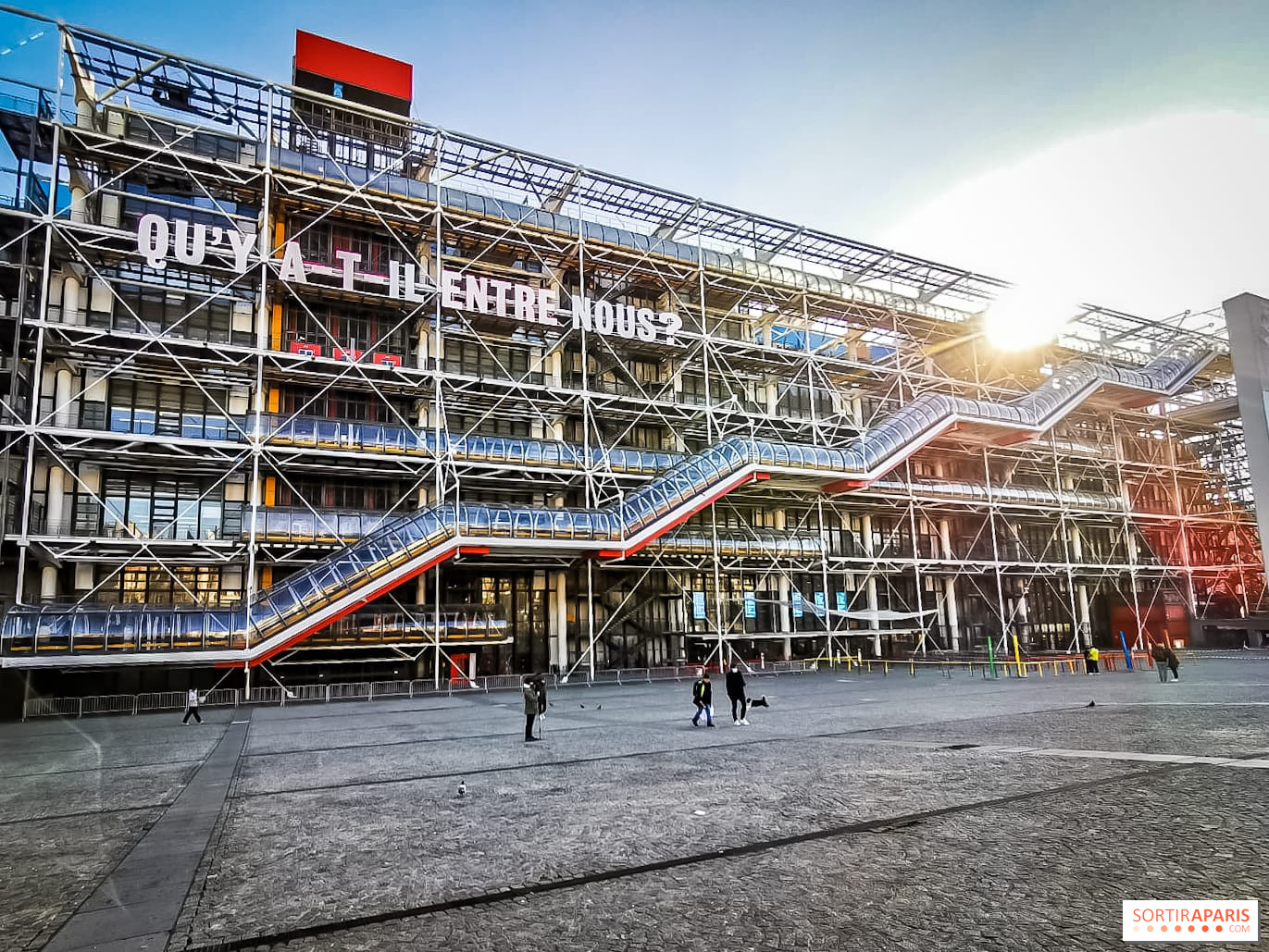
Centre Pompidou in Paris
Another studio that has excelled in this practice is Snøhetta, a Norwegian architecture firm, which has adopted the zero waste approach in many of its projects that promote material reuse and resource optimization, such as the Zero Emission Building (ZEB) Environmental Center in Norway.

Zero Emission Building Environmental Center in Norway
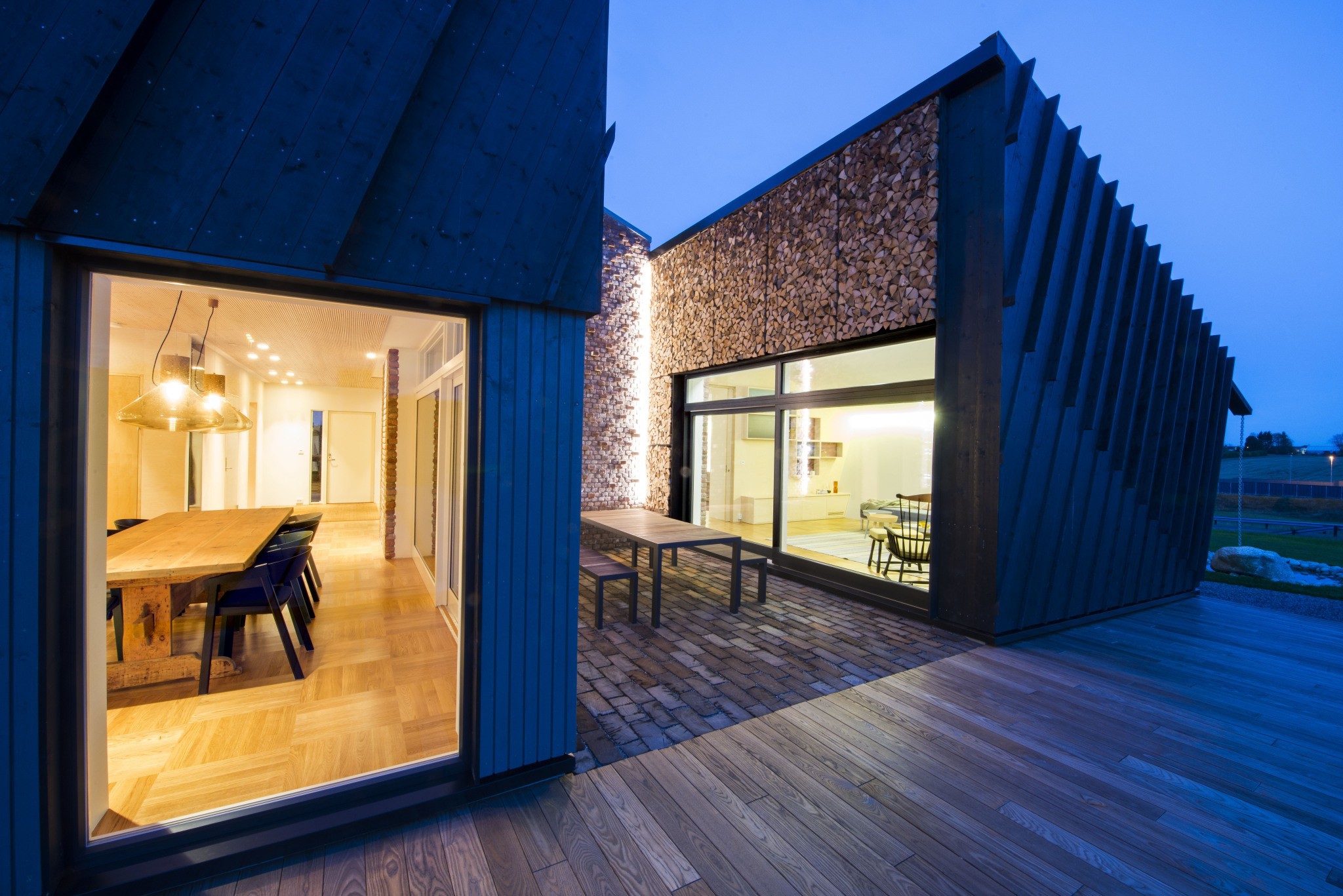
Zero Emission Building Environmental Center in Norway
Zero waste design in architecture emphasizes energy efficiency and the integration of renewable energies. Sustainable construction practices are incorporated, such as passive design strategies, efficient insulation, and high-performance building systems, to minimize energy consumption. The integration of renewable energy technologies, such as solar panels, wind turbines, and geothermal systems, can further reduce dependence on non-renewable energy sources.
The Edge is an office building considered one of the most sustainable buildings in the world. It was designed by PLP Architecture and was completed in 2014. The building features a range of innovative characteristics that promote energy efficiency and waste reduction.

EDGE Olympic in Amsterdam
In terms of energy efficiency, The Edge utilizes a combination of passive design strategies and renewable energy technologies. It is equipped with rooftop solar panels that generate solar energy to power the building. Additionally, it features an advanced energy management system that monitors real-time energy usage and optimizes its consumption.
Waste management systems also play a crucial role in zero waste architecture. Waste sorting systems, recycling facilities, and composting systems are integrated into building design to effectively manage waste generated during construction and operation. Water conservation measures, such as rainwater harvesting and greywater reuse, are also implemented to minimize water waste.
Zero waste design in architecture encompasses a holistic approach that addresses the environmental, social, and economic aspects of sustainability. It encourages architects to consider the entire life cycle of a building, from its initial design to its eventual disassembly, with the aim of creating buildings with minimal waste generation, reduced resource consumption, and a positive impact on the environment.
Do you know any other projects? Let us know in the comments!


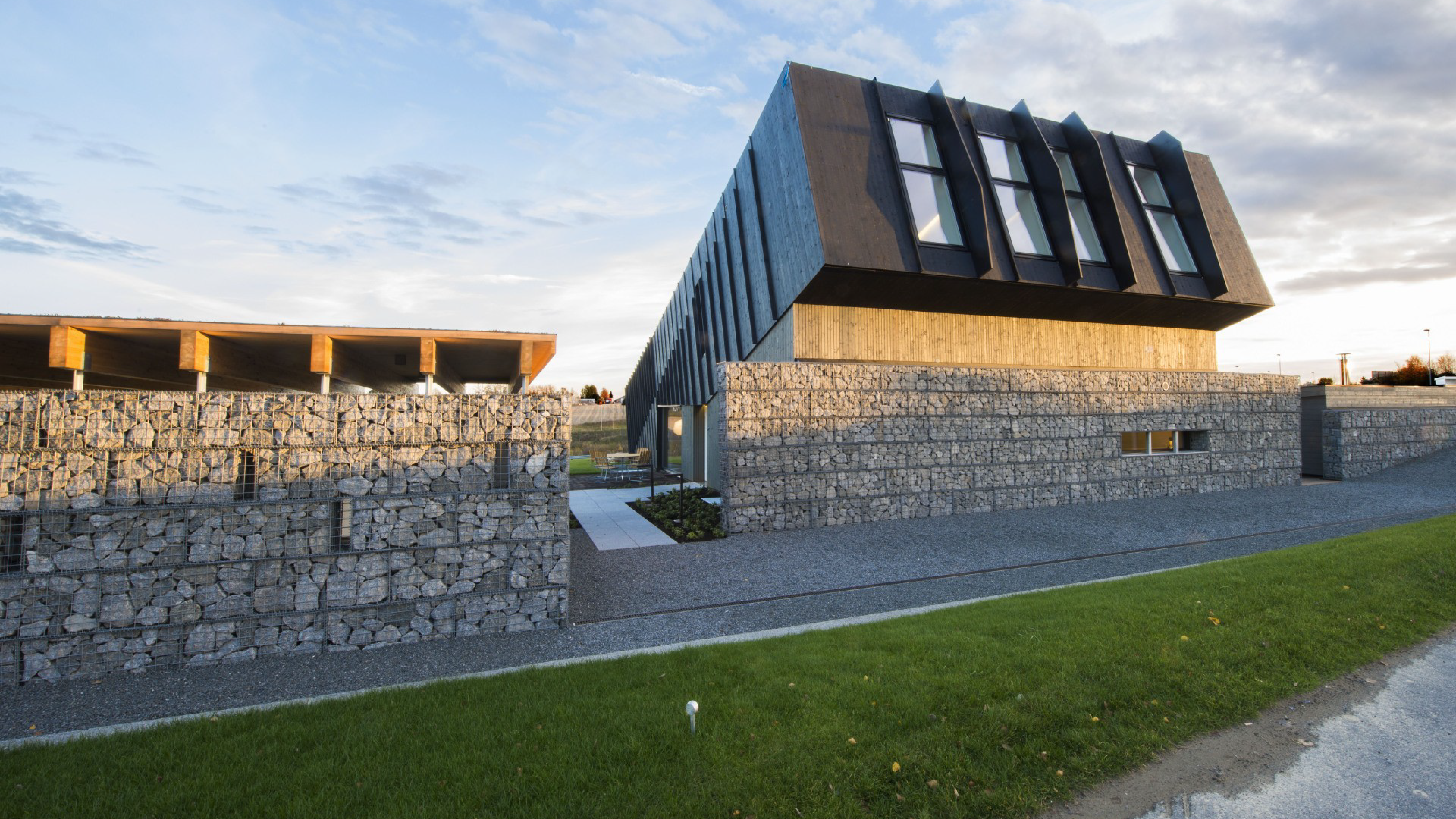
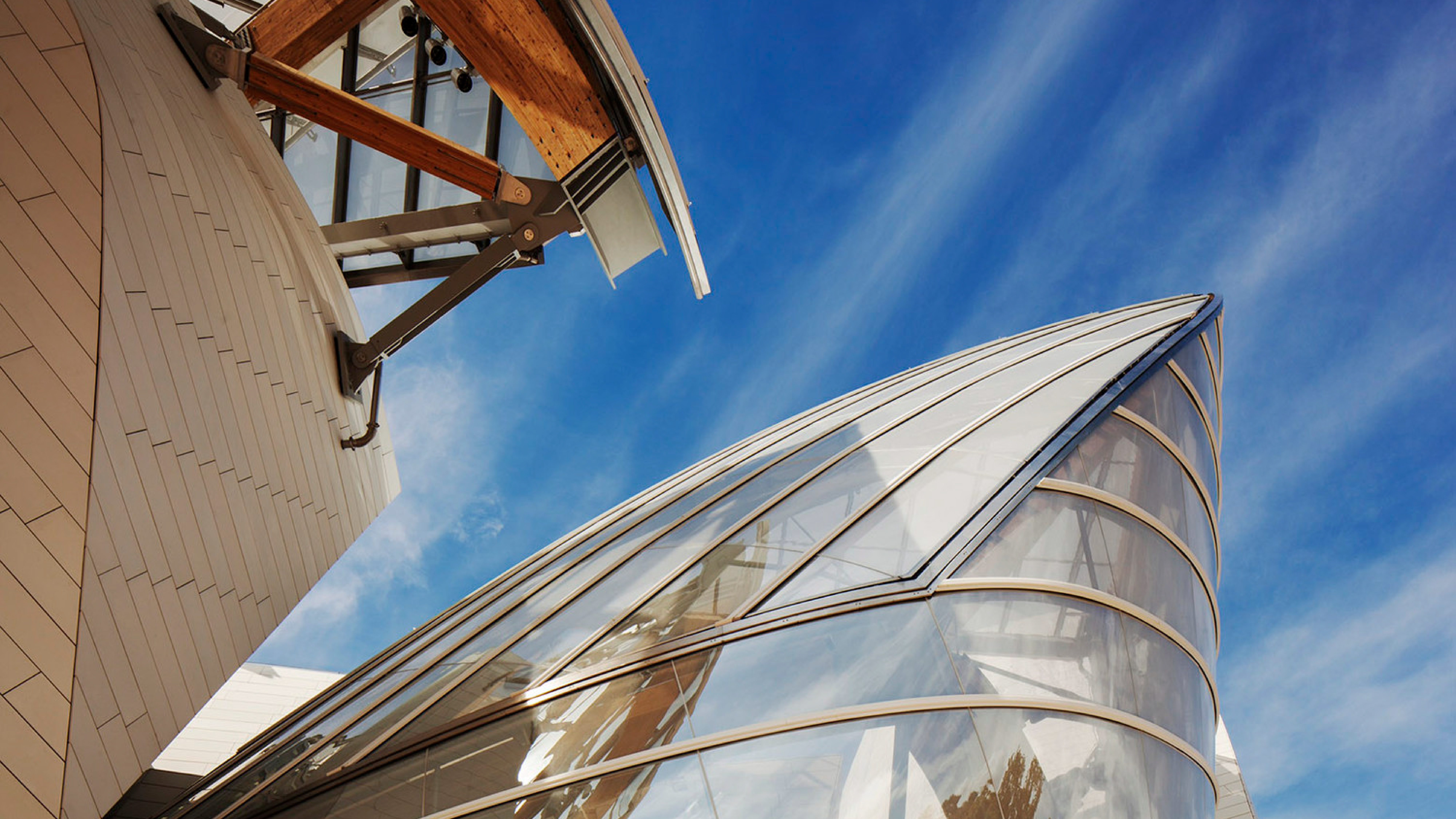
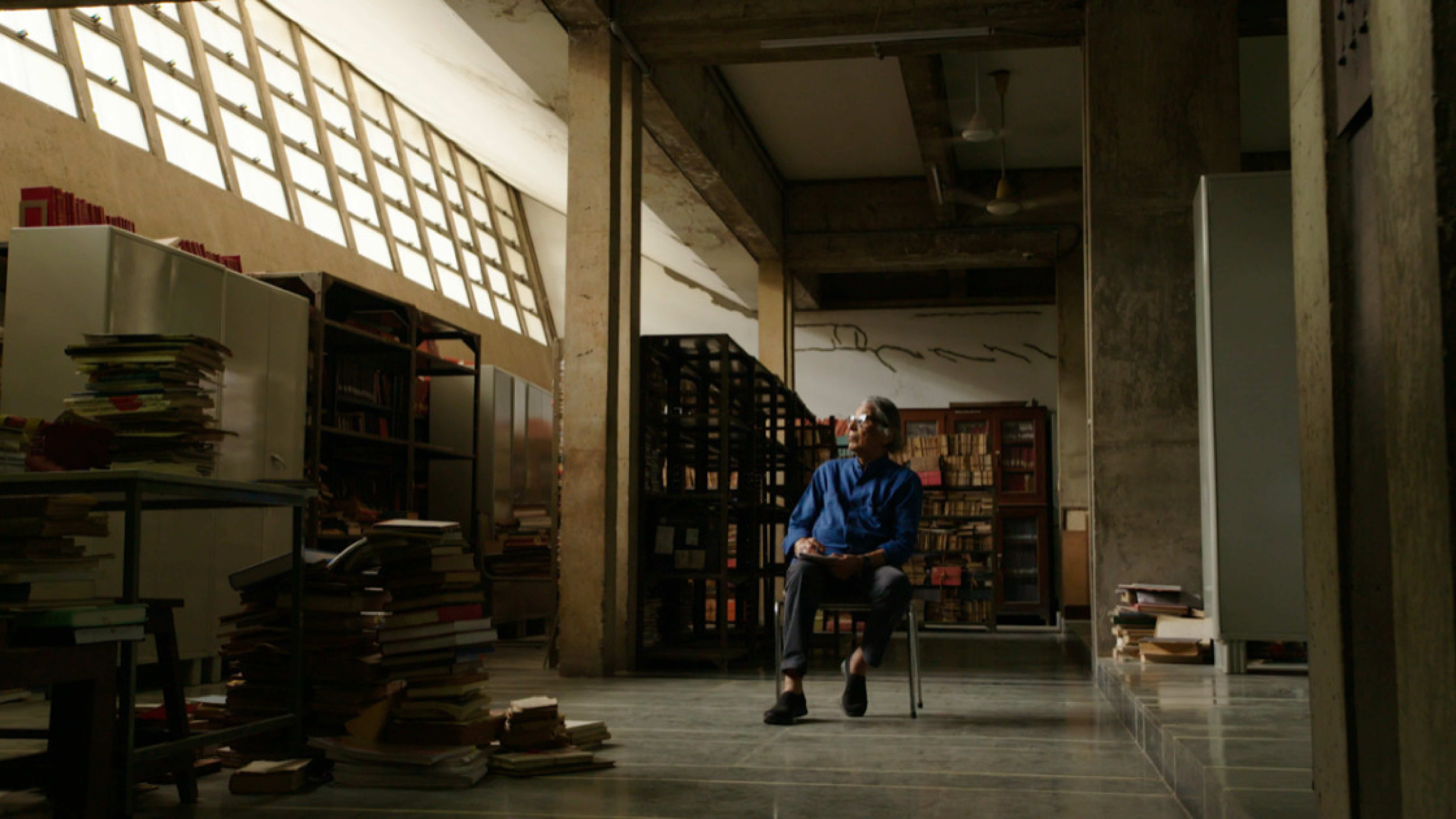
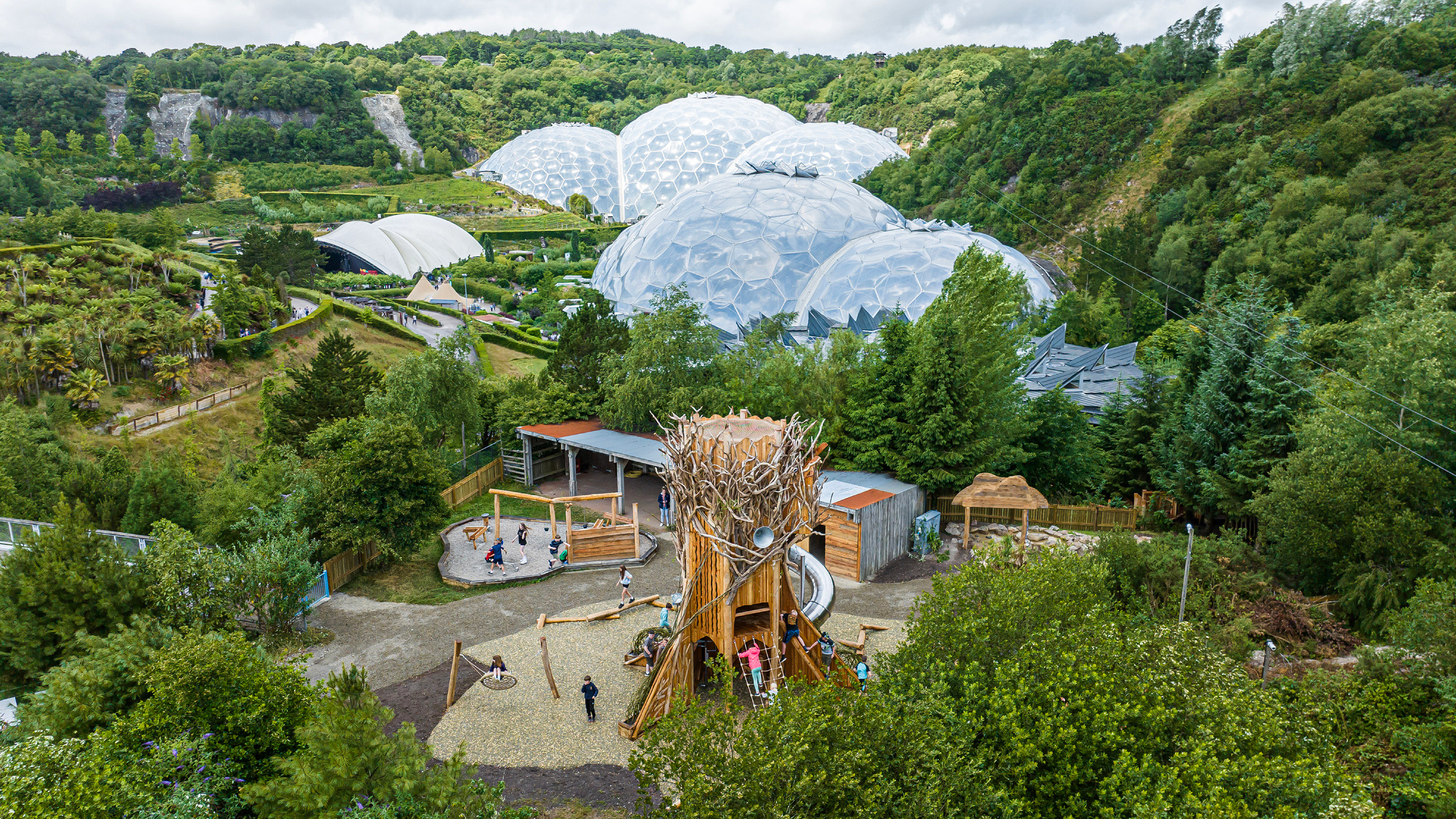

Leave A Comment